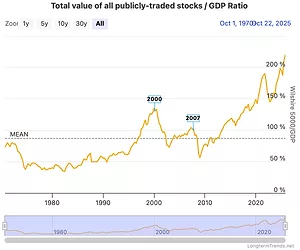Economic Forecast
Markets without a map: When AI euphoria meets a data blackout
We're, in essence, experiencing information scarcity and what some perceive as speculative excess
Read More
Foundation remains solid, but expect growth to slow in coming year
Inflation, trade uncertainty, and volatility pose threats, but looser monetary policy, tax stimulus, and stable labor will help
Read More
Uncertainty remains the watchword, and likely will continue in 2026
Overwhelming feedback from employers is that decisions on hiring or investments as slowed or halted.
Of disruption, disinterment, and relearning
Both Idaho and Washington cooled in 2025 and are likely to remain slow in the coming year.
Economic uncertainty and a tightening labor market make planning difficult
Spokane labor market has seen only tiny job gains, while civilian labor force here continues to decline
Read More
A slowing labor market reflects a slowing economy
Spokane County should mirror state's expected tepid growth in payroll employment in 2026
Read More
More INW startups, investing expected in 2025
New companies continue to emerge despite recent lull in funding
Read More
Health care leaders optimistic despite struggles
Providence's operating margins in Inland Northwest improving heading into 2025
Read More










